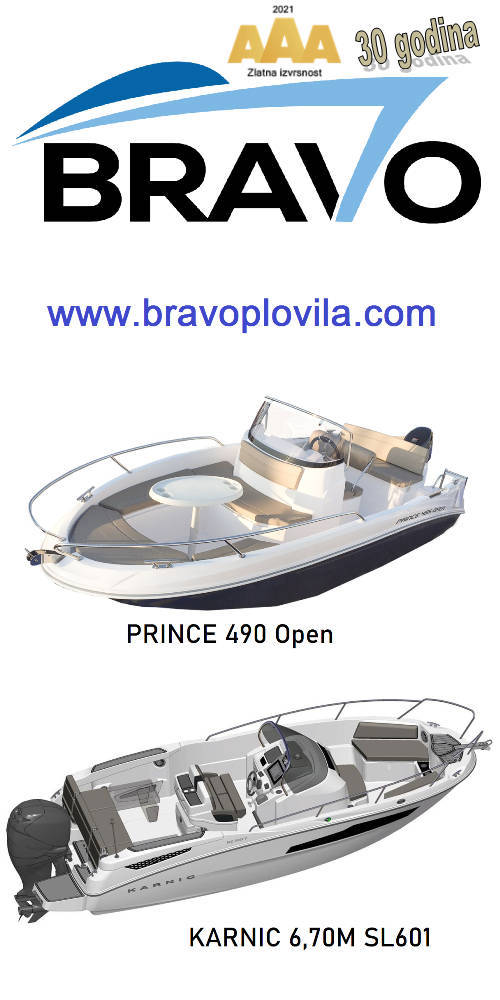A Subtle, but Costly, Distinction
A 42´ powerboat was cruising offshore when a crewmember reported a strange smell coming from the engine compartment. The owner grabbed a dry chemical extinguisher from the galley on his way to the enclosed compartment, opened the access door, and was immediately driven back by smoke. He tried to direct the stream of dry chemical inside the compartment, but he could not see beyond the smoke to locate the source of the fire. By then the fumes had also engulfed the main saloon and he was driven back. From the cockpit he saw flames coming out of the engine compartment´s starboard ventilation ducts, so he directed another dry chemical extinguisher into the duct openings; the fire died momentarily but quickly resumed and grew rapidly. It soon became apparent that the vessel would have to be abandoned. It burned to the waterline. (Claim 9708770C.)
The same dry chemicals that are so effective in a boat’s cabin aren’t much use when a fire breaks out in the engine compartment. The reason has to do with how the two types of fires are fought.
Accounts of engine fires typically began with a warning a burning smell, a loss of engine power, or even smoke trailing after the boat. If someone then opened the engine hatch to check out the trouble, he or she was usually overwhelmed immediately by flames and smoke. Fires need two things: fuel and oxygen. Opening an engine compartment hatch to look for a fire is like throwing gasoline on hot coals; it fans the fire with a rush of fresh oxygen.
The solution is to leave the hatch closed and fight the fire either with a fixed extinguisher in the engine compartment or with a portable extinguisher discharged through a fire port (a small opening into the engine compartment), which is why dry chemical extinguishers of any class are inappropriate. Blindly spraying a chemical extinguisher through a fire port does little or nothing to stop an engine fire because the chemical isn’t being directed toward the base of the flames. A gaseous extinguisher, on the other hand, extinguishes the fire by affecting the oxygen supply. The same extinguisher that wasn’t effective in the wide-open spaces of a boat’s cabin will be much more effective in a cramped engine compartment.
For this reason, among others, the ABYC recommends that either a portable gaseous extinguisher be provided near (outside) the engine compartment or a fixed gaseous extinguisher be used inside the engine compartment. In the event of a fire, either option eliminates the need to open the hatch.
A few Words of Praise for Fixed Systems in the Engine Room
Overall, the most efficient fire protection system is the safest. Claim files show that the majority of fires begin in the engine compartment for numerous reasons: constant pounding and vibration loosens wiring terminals and causes chafe, engine exhausts fail, water pumps fail, fuel leaks?the list goes on. An automatic system, activated by a rise in temperature, can discharge and extinguish a fire long before any crew can detect a fire and react with a portable extinguisher, which is even more relevant if you sometimes cruise shorthanded. The automatic system kills the fire earlier and minimizes damage. And since Halon and its replacements will not damage internal engine parts, it is often possible, after locating and correcting the problem, to restart the engine(s) after a fire and return to port.
Fire extinguishers are typically the last line of defense when a fire suddenly appears. The first line of defense is knowing how to prevent fires before they occur. In upcoming issues, Seaworthy will take a look at how to prevent fires relating to engines, fuel, exhaust systems, electrical systems, galleys, and other fire sources.
● Your Boat’s on Fire… Now What? (1)
● Avoiding Fire on Sailing Boat
boatus.com






















